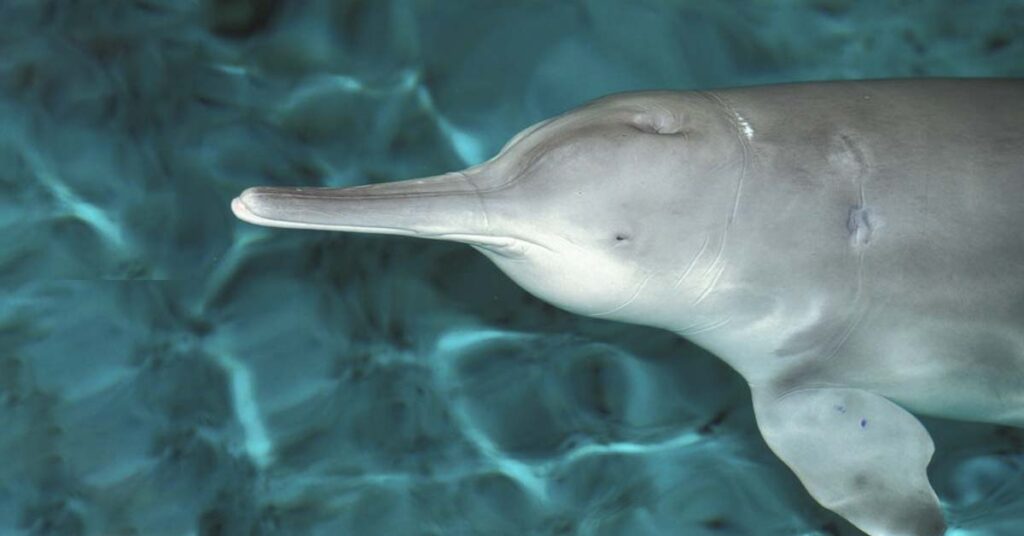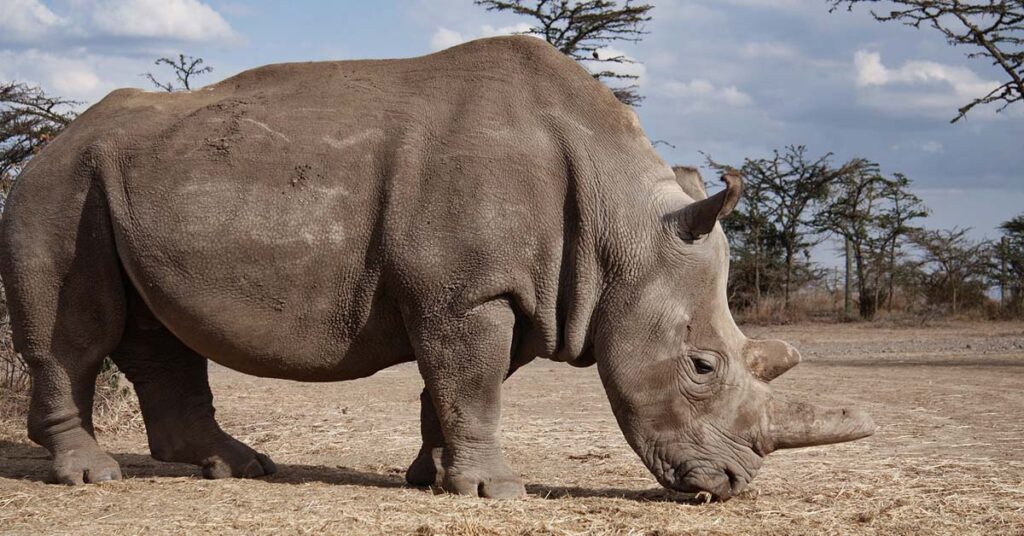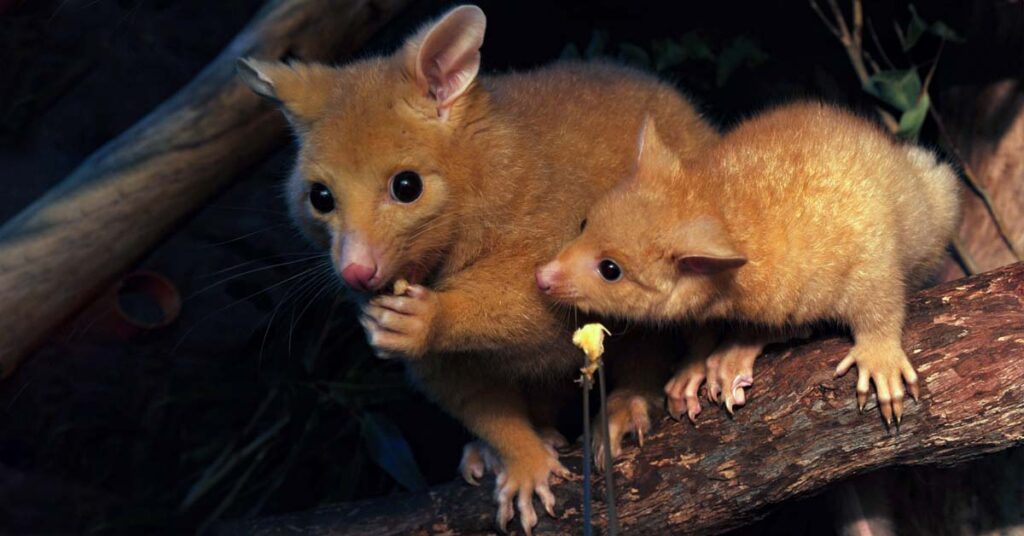5 Endangered Animals Officially Declared Extinct. The extinction of animal species has become a growing concern in the modern world, with the impact of human activity, natural disasters, and deteriorating ecosystems making daily headlines. The International Union for Conservation of Nature (IUCN) is the most widely recognized authority on conservation status classification, and its Red List categorizes animals based on their level of threat in the wild and the urgency of conservation efforts necessary to ensure their survival. The “Extinct” classification indicates that there is no evidence that a species exists anywhere in the world, either in the wild or captivity. This article will explore five animal species that have recently become extinct and discuss the factors that contributed to their tragic fate.
The Baiji (The Yangtze River Dolphin)
The Baiji, also known as the Yangtze River Dolphin or Chinese River Dolphin, was a freshwater dolphin species that once inhabited the Yangtze River in China. With a long, slender body and a slightly upturned beak, the Baiji was well adapted to life in the river, relying on echolocation to navigate and find prey. Unfortunately, the Baiji was functionally extinct in 2006, making it the first dolphin species driven to extinction due to human activity. Habitat degradation, entanglement in fishing gear, and pollution were the primary factors contributing to the decline and eventual extinction of the Baiji.

The Northern White Rhino
The northern white rhino, one of the two subspecies of white rhinoceros, was a magnificent and imposing creature that once roamed across parts of Central and East Africa. Males could weigh up to 2,500 kilograms, and the animals had two large horns on their snouts. The northern white rhino is now functionally extinct in the wild, with the last known surviving male dying in 2018. Efforts to save the subspecies from extinction are underway through assisted reproduction techniques and genetic preservation. Habitat loss due to agriculture and human encroachment, as well as poaching for their valuable horns, were the primary factors contributing to the decline of the northern white rhino.

The Bramble Cay Melomy
The Bramble Cay melomy, a small rodent species that inhabited Bramble Cay in the eastern Torres Strait of Queensland, Australia, is now extinct. The last confirmed sighting of this species occurred in 2009, and subsequent surveys failed to find any individuals. Rising sea levels, storm surges, and coastal erosion caused by climate change were the primary factors contributing to the decline and eventual extinction of the Bramble Cay melomy.

The Splendid Poison Frog
The splendid poison frog, found in the rainforests of Panama and Colombia, was a vibrant and captivating creature with stunning coloration that served as a warning to potential predators about its toxicity. Unfortunately, this species became extinct in 2020 due to the chytrid fungus, which attacks the frogs’ skin and inhibits respiration and disrupts their water and electrolyte balance.

The Ivory-Billed Woodpecker
The ivory-billed woodpecker, one of the largest woodpecker species in the world, was once prevalent in the southeastern United States. The last confirmed sighting of this woodpecker occurred in the 1940s, and in 2021, the United States Fish and Wildlife Service declared the species extinct. Habitat loss due to intense logging and deforestation activities in the late 19th and early 20th centuries greatly reduced the vast tracts of old-growth forests that the species depended on for nesting and foraging.

Impact of Extinction
The extinction of animal species has significant ecological, economic, and cultural impacts. Ecologically, the loss of a species can disrupt the balance of an ecosystem, leading to the decline of other species and a decrease in biodiversity. Economically, the loss of species can impact industries such as tourism and agriculture. Culturally, the extinction of animals can impact the traditions, beliefs, and practices of indigenous communities that have a deep connection to the natural world.
How Can We Help?
Individuals can play a crucial role in addressing climate change and protecting endangered animals. Adopting sustainable lifestyle choices such as reducing energy consumption, embracing renewable energy sources, and minimizing waste can significantly reduce carbon footprints. Supporting conservation organizations and participating in local initiatives can help protect and restore habitats crucial for endangered species. Additionally, spreading awareness through education, social media, and community engagement raises consciousness about climate change and the importance of biodiversity. Advocating for policy changes and supporting environmentally conscious businesses can create a collective impact in mitigating climate change and preserving endangered animals for future generations.
Conclusion
The extinction of animal species is a tragic loss that affects us all. By taking action to address climate change and protect endangered animals, we can help prevent further extinctions and promote the recovery of endangered species. It is vital that we recognize the urgency of the situation and work together to create a sustainable future for all living things on our planet.

































